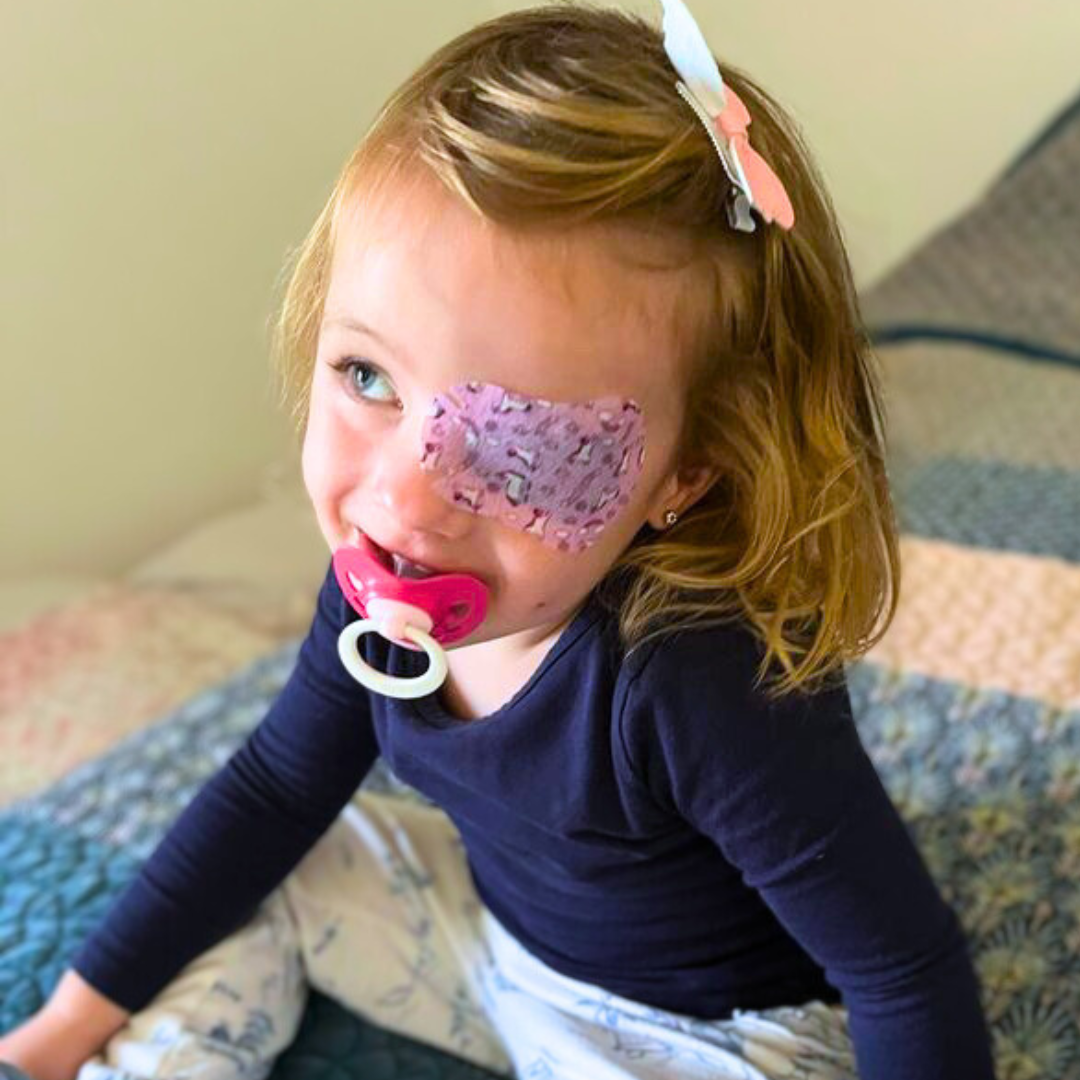What is Persistent Hyperplastic Primary Vitreous, also known as Persistent Fetal Vasculature (PHPV / PFV)?
Persistent Hyperplastic Primary Vitreous (PHPV), also known as Persistent Fetal Vasculature (PFV), is a condition in which the eye does not fully develop during pregnancy. Specifically, the primary vitreous, a structure that supports the lens of the eye, does not disappear as it should and continues to grow.
What Causes PHPV?
PHPV can be caused by genetic mutations or other factors that interfere with normal fetal development such as developmental abnormalities or syndromes. While the exact cause of PHPV is not fully understood, it is known to occur more frequently in premature infants and can also be associated with other conditions such as retinopathy (disease of the retina) of prematurity or intrauterine (inside the uterus) infections.
How Does PHPV Affect Vision?
PHPV can affect vision in different ways depending on the severity of the condition. In some cases, the affected eye may appear cloudy or have a white mass in the pupil. This can cause a reduction in vision or even complete blindness in the affected eye.
In other cases, the affected eye may have a distorted shape or the lens may be displaced, causing double vision or blurry vision. The degree of vision impairment depends on how much of the eye is affected and whether the condition affects one or both eyes.
What are the signs of PHPV?
The affected eye may appear white or cloudy, as if there is a film over the pupil. This is due to the persistence of a fetal structure called the primary vitreous, which normally disappears before birth. Additionally, the affected eye may have an abnormal shape, or the lens may be displaced. Other signs of PHPV can include a squint or misalignment of the eyes, or an inability to track objects with the eyes. PHPV can affect one or both eyes, and is often detected during a routine eye exam or when a child is experiencing vision problems.
How is PHPV Treated?
Treatment depends on the severity of the condition and the extent to which it is affecting the child's vision. In some cases, no treatment is required and the condition may resolve on its own over time. However, if the vision is significantly impaired, treatment options may include:
- Corrective lenses: If the PHPV has caused a misalignment of the eyes or a refractive error, corrective lenses such as glasses or contacts may be prescribed to improve vision.
- Vision therapy: If the child has difficulty with eye movement or tracking, vision therapy may be recommended to improve these skills.
- Patching: If the PHPV only occurs in one eye, or one eye is more affected than the other, the brain will rely on the eye with the clearer vision to see. This prevents the visual pathways in the affected eye from developing and can lead to Amblyopia. To treat this, we patch the eye with clearer vision so that the curious eye is given the opportunity to strengthen. You can learn more about why we patch the eye here.
- Surgery: If the PHPV is causing a significant reduction in vision, surgery may be required to remove the affected eye or to correct the abnormality in the eye. This may involve removing the primary vitreous, repairing a detached retina, or other procedures to restore vision.
It is important to seek treatment for PHPV as early as possible to prevent further vision loss and to ensure the best possible outcome. Regular follow-up appointments with an ophthalmologist are also important to monitor the child's vision and ensure that any necessary interventions are provided.


